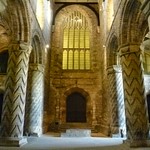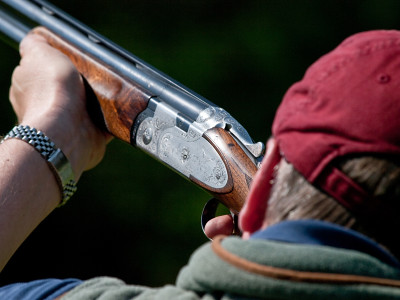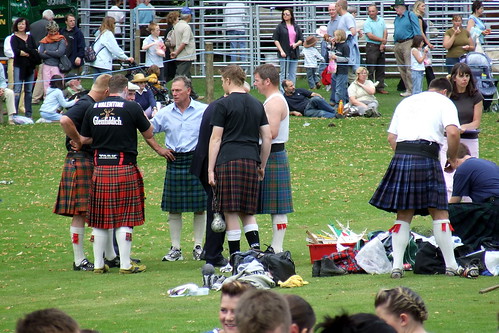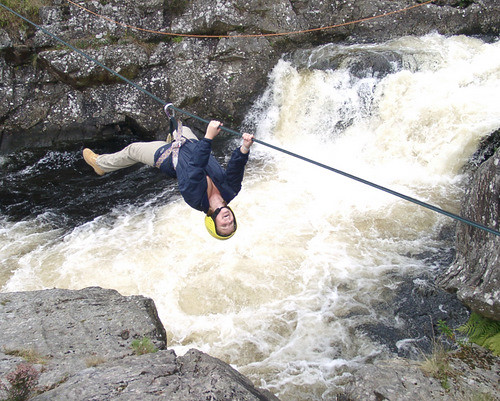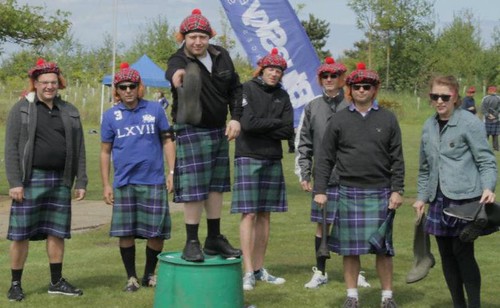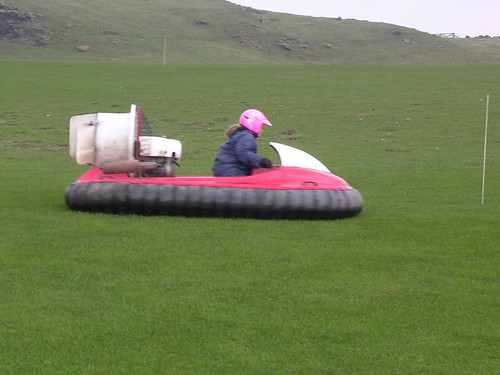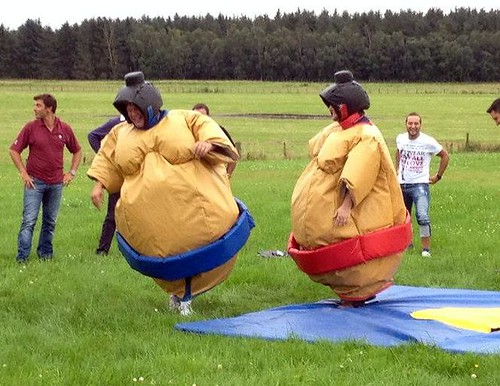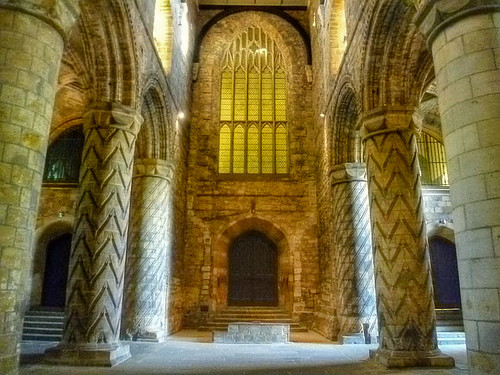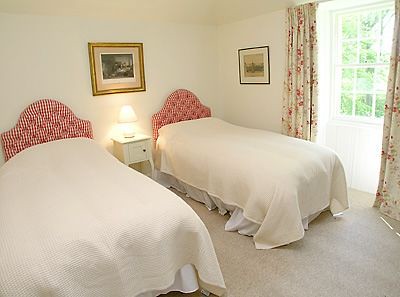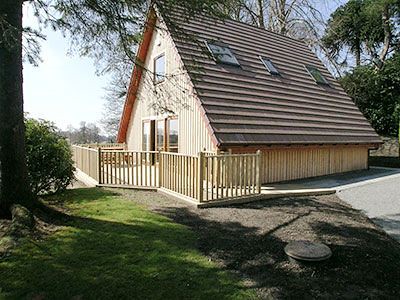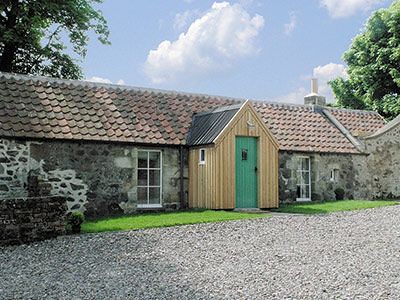Dunfermline Abbey
Ancient seat of Scottish history and a very fine Norman church. Open daily.
Dunfermline Abbey stands on the site of the Benedictine Priory, built by Queen Margaret in the late 11th century. When she endowed the priory, she set up a shrine, with a relic of the 'True Cross' and encouraged pilgrims to come from miles away to venerate it. Her son, David I, raised the priory to the rank of abbey and began building the new abbey church in 1128, on the foundations of Margaret's church. These foundations were rediscovered in modern times and can now be seen through a grating in the floor.
Frequently sacked and burned over the centuries, today's building is a combination of different tastes and styles. Much of the present abbey was built long after King David's death but the superb Norman nave, with its massive pillars, is still there to be admired. The Norman decorations above the west doorway are rare examples of such work in Scotland. The north porch, northwest tower, west front and massive buttresses are all the work of William Shaw, Master of works to Anne of Denmark in the 16th century. The other part of the abbey church was added in the 19th century and today serves as the parish church.
Close to the east gable of the parish church are the foundations of the shrine of St Margaret where she and her husband are buried. But they were not the only royal persons to be buried in the abbey. Six Scottish kings also lie there, with the grave of Robert the Bruce beneath the pulpit. He was buried in the abbey in 1329 but over the years the exact position of his grave became uncertain. Then, in 1818, when the foundation of the new church was being prepared, Bruce's tomb was rediscovered, the skeleton covered in a shroud of gold and the breast bone severed where his heart had been removed in order to take it to the Holy Land, in accordance with his wishes. Unfortunately, it never made it and now lies in Melrose Abbey.
In 1889, Robert the Bruce's descendent, the Earl of Elgin, gifted a memorial brass to mark the tomb. To celebrate the historic find, an over-enthusiastic architect designed the vast inscription round the top of the square tower, which no-one can fail to notice.


